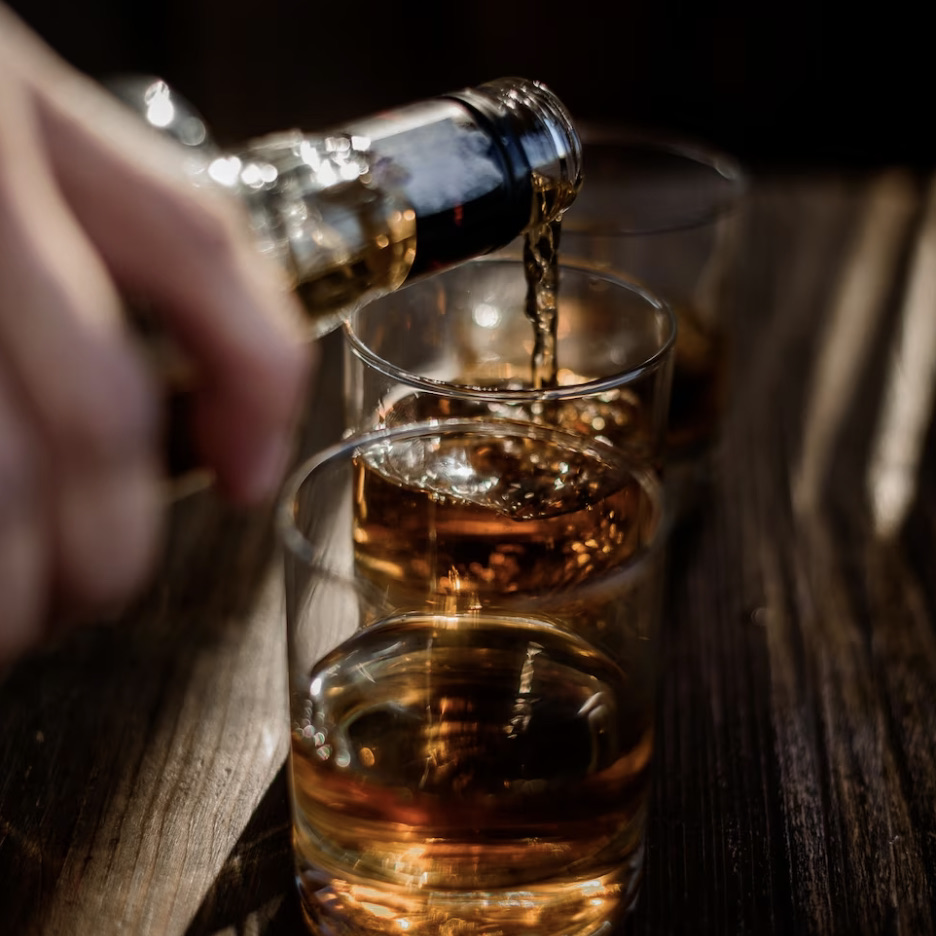.png.transform/rendition-xs/image_image%20(1).png)
Rum
Like other spirits, the production of rum involves a careful process of fermentation, distillation, and aging
Rum is made exclusively from the alcoholic fermentation and distillation of molasses or syrup obtained from sugar cane or directly from sugar cane juice. In some cases, fast-acting yeasts are used to produce light rums that are highly appreciated in cocktails, while, in others, a slow fermentation is preferred to enrich the body and flavor of an aged rum that can be enjoyed neat or on the rocks.
The method for distilling rum varies according to the producer, although today column distillation is more common than other methods such as stills. The minimum alcoholic strength by volume of rum must be 37.5%. Its aroma comes exclusively from the raw materials used, as no flavoring agent can be added. Since the color can only be changed through the occasional use of natural caramel, the appreciated and distinctive flavor of rum is due to the organoleptic qualities of the agricultural material of origin or to its aging.

Types of rum
Depending on the aging time of the rum and the complex changes the spirit undergoes in the process, the rum will be named in different ways: white, in which there is an absence of color because no aging takes place; añejo, as when it is aged for more than one year; and viejo, when it is aged for more than three years. It is customary to drink aged rums on their own or with soft drinks or juices, while white rums are more frequently consumed in cocktails, such as the popular cuba libre, the daiquiri, or the mojito.
History of rum
Anchored in the popular imagination as the drink of corsairs and pirates, the origins of this drink are actually linked to the raw material from which it is produced, sugar cane. Contrary to popular opinion, there are very old texts that prove that this plant does not come from the American continent but is native to South Asia, most likely the Indian subcontinent. It was the Arabs who introduced sugarcane cultivation in Mesopotamia, Egypt, North Africa, and the kingdom of Granada, from where it was exported to the Canary Islands after the Spanish Reconquista. It was precisely in these last two regions where the exploitation of this type of plantations intensified. The commercial interest in sugar cane was so notable in the 15th century that as early as Christopher Columbus' second voyage to America, sugar cane cultivation began on the island of Hispaniola (now Haiti and the Dominican Republic). The favorable climatic conditions of the Caribbean would soon allow the development of a vast economy based on the export of molasses for rum production to Europe and New England.
The rum will be named in different ways: white, in which there is an absence of color because no aging takes place; añejo, as when it is aged for more than one year; and viejo, when it is aged for more than three years.
